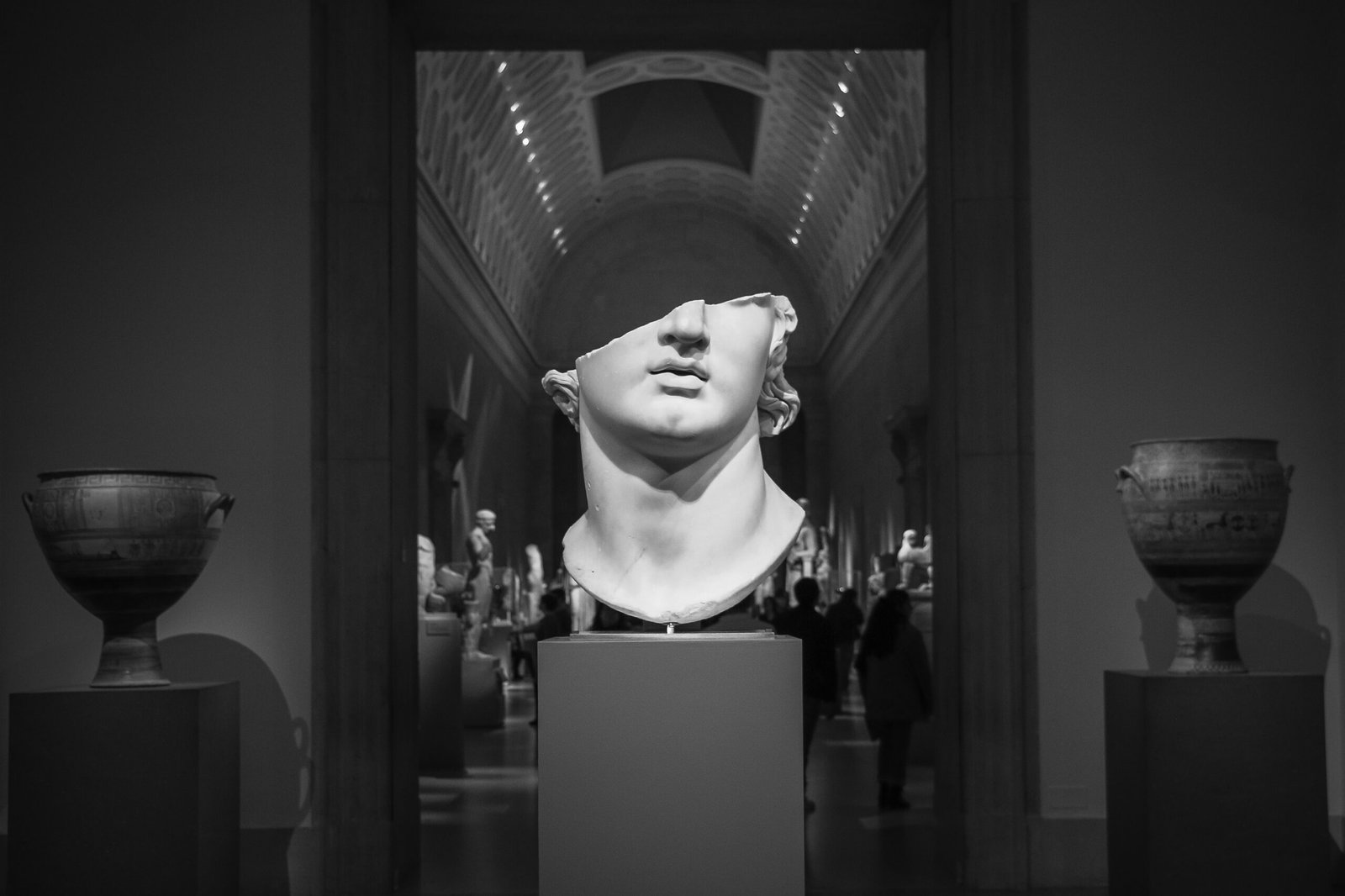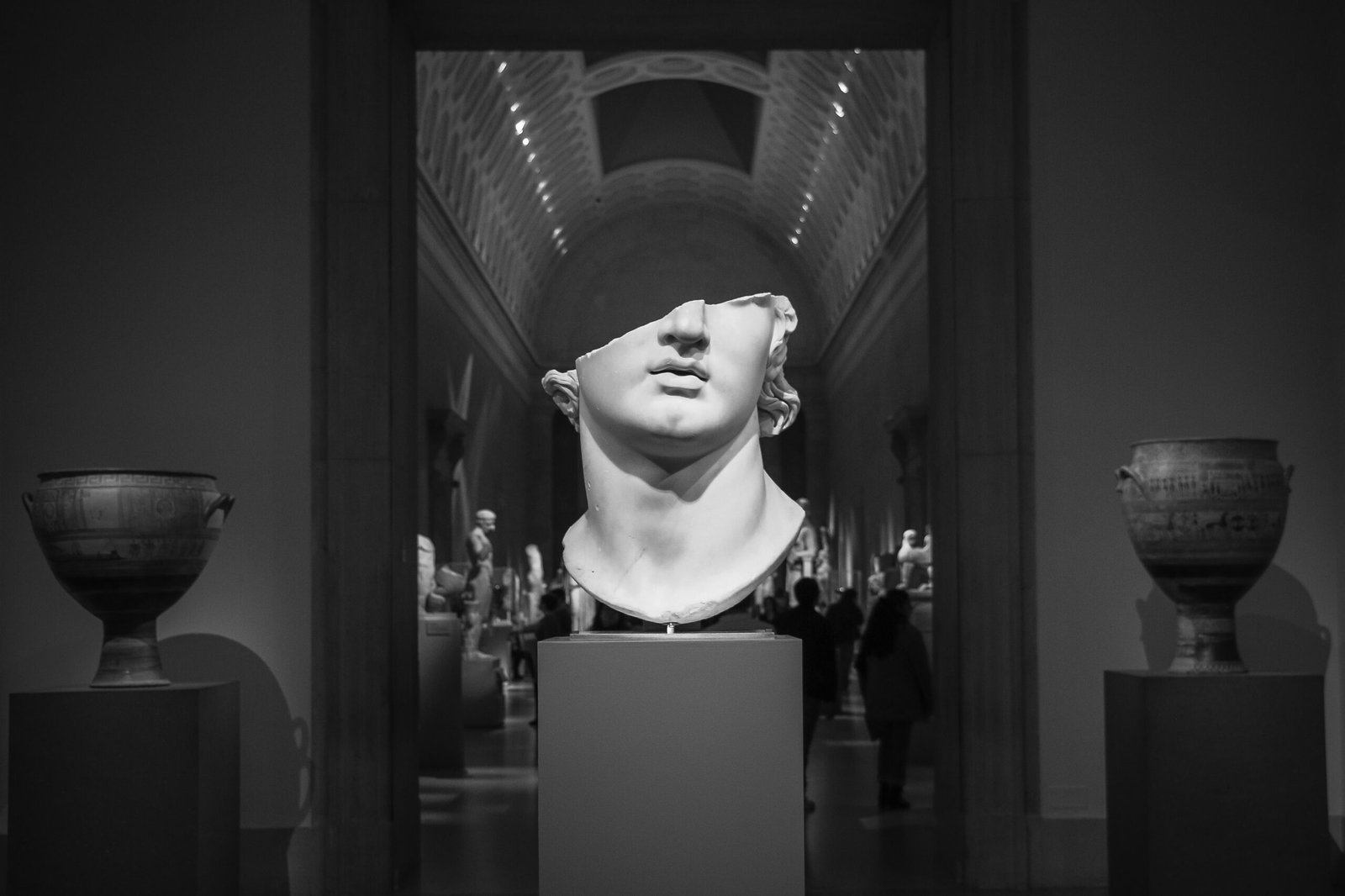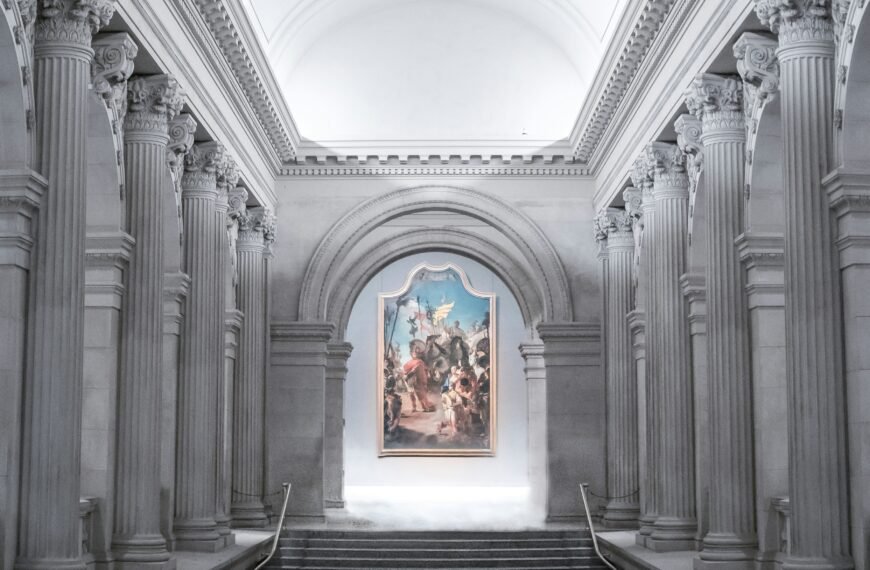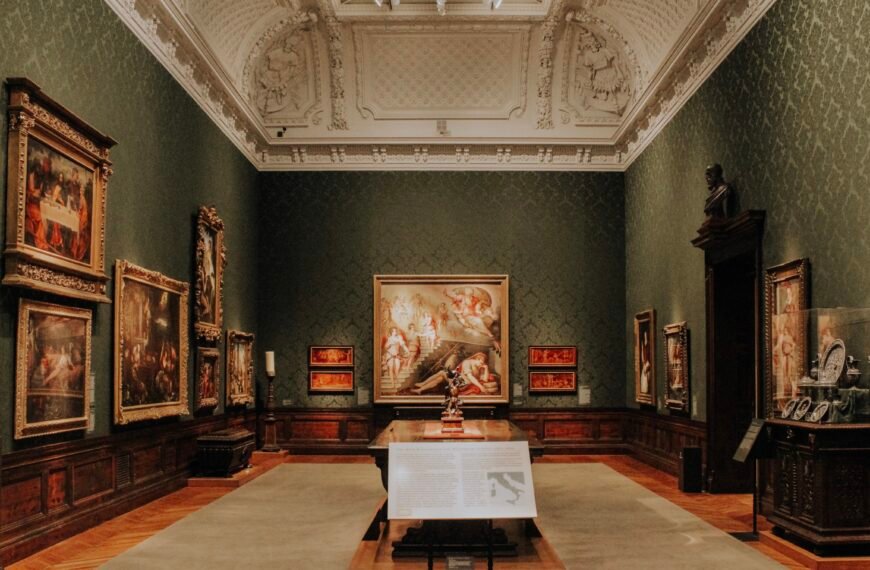Have you ever found yourself wondering where exactly the Smithsonian Museum is located? Well, look no further! In this article, we will uncover the whereabouts of the iconic museum that houses an extraordinary collection of art, history, and culture. Whether you’re a history enthusiast or simply looking for a fascinating place to explore, the Smithsonian Museum is a must-visit destination. Get ready to discover the Smithsonian’s location and embark on a memorable journey through its incredible exhibits and galleries.

Smithsonian Museum
Welcome to the world of knowledge, exploration, and awe-inspiring wonders! The Smithsonian Museum is a treasure trove of history, culture, and scientific discoveries. Located in the heart of Washington D.C., the capital city of the United States, the Smithsonian Museum is a must-visit destination for locals and tourists alike.
Washington D.C.
As the capital of the United States, Washington D.C. is a vibrant city steeped in history and politics. Its iconic landmarks, such as the White House and the U.S. Capitol, attract millions of visitors each year. Nestled within this bustling metropolis is the Smithsonian Museum, which serves as a testament to the city’s commitment to education, research, and preserving our collective heritage.
Smithsonian Institution
The Smithsonian Institution is the world’s largest museum and research complex, consisting of 19 museums, galleries, and research facilities. Founded in 1846, it has played a pivotal role in promoting the pursuit of knowledge and preserving cultural artifacts. What initially began as a bequest from British scientist James Smithson has now grown into an institution that encompasses a wide range of disciplines, from art and history to science and technology.
History and Founding
The Smithsonian Institution was established through the generous bequest of James Smithson, an English scientist. In his will, Smithson left his fortune to the United States to create “an establishment for the increase and diffusion of knowledge among men.” The funds were used to establish the Smithsonian Institution, and the first building, now known as the Smithsonian Castle, was completed in 1855. Over the years, the institution has expanded its reach and influence, becoming a symbol of intellectual curiosity and exploration.
Key Features
The Smithsonian Institution boasts several key features that set it apart as a leading cultural and educational institution. Firstly, it houses over 155 million items, including scientific specimens, historical artifacts, artworks, and much more. Its vast collections span diverse fields, attracting researchers and scholars from around the world. Secondly, the institution is committed to public engagement, offering a plethora of educational programs, exhibitions, and events for visitors of all ages. Lastly, the Smithsonian Institution is globally renowned for its research initiatives, contributing to advancements in various disciplines and fostering collaboration among experts.
Smithsonian Museums
Within the vast expanse of the Smithsonian Institution, there are a total of 19 museums, each with its own unique specialization and focus. These museums cover a wide range of subjects, ensuring that there is something of interest for every visitor. From natural history and aerospace exploration to American art and innovation, the Smithsonian Museums offer a comprehensive exploration of human history, culture, and scientific achievements.
Types and Specializations
The Smithsonian Museums encompass a diverse range of specializations, reflecting the breadth of human knowledge. Some of the notable museums include the National Museum of Natural History, National Air and Space Museum, American Art Museum, and many more. Each museum offers a unique perspective on its respective subject matter, providing visitors with a well-rounded experience.
Distribution Across Washington D.C.
Spread across the various neighborhoods of Washington D.C., the Smithsonian Museums are conveniently located and easily accessible. The museums are strategically positioned to ensure that visitors can explore multiple institutions within walking distance or a short ride away. This allows for a seamless and immersive experience, as visitors can delve into different realms of knowledge without having to travel great distances.
Smithsonian National Museum of Natural History
Dedicated to the fascinating world of natural sciences, the Smithsonian National Museum of Natural History is a haven for those curious about the wonders of life, Earth, and the universe. Its extensive collection of over 145 million specimens and artifacts showcases the diversity of our planet’s flora, fauna, and geology. The museum’s exhibits, ranging from dinosaurs and gemstones to human origins and ocean life, provide a captivating and educational experience for visitors of all ages.
Exhibits and Collections
The National Museum of Natural History boasts a wide array of captivating exhibits that bring the wonders of the natural world to life. From the iconic “Hall of Fossils” showcasing dinosaur skeletons, including the famous Tyrannosaurus rex, to the “Ocean Hall” that immerses visitors in the mysteries of the deep sea, each exhibit provides a glimpse into the wonders of our planet. Additionally, the museum’s extensive collections allow for in-depth research and study, contributing to scientific discoveries and advancements.

Highlights
Among the many highlights of the National Museum of Natural History is the Hope Diamond, one of the world’s largest and most famous blue diamonds. This dazzling gemstone, with its rich history and captivating allure, mesmerizes visitors in the Hall of Geology, Gems, and Minerals. The Butterfly Pavilion is another must-visit attraction, where visitors can immerse themselves in a tropical environment filled with vibrant butterflies from around the world. These are just a few examples of the countless wonders waiting to be discovered within the National Museum of Natural History.
Smithsonian National Air and Space Museum
For those fascinated by the marvels of aerospace and aviation, the Smithsonian National Air and Space Museum is an absolute must-visit. This iconic institution documents the extraordinary journey of human exploration and scientific advancements in the skies and beyond. From the early pioneers of flight to the exciting developments in space exploration, the museum’s exhibits and artifacts take visitors on a captivating journey through time.
Exploring Aerospace and Aviation
The National Air and Space Museum offers a comprehensive exploration of the history, science, and technology behind aerospace and aviation. Visitors can delve into the early roots of flight, witness the milestones of space exploration, and learn about the innovations that have shaped modern aircraft. From the Wright brothers’ historic 1903 Flyer to the Apollo 11 command module, the museum houses countless artifacts that showcase the incredible achievements of human ingenuity.
Displays and Artifacts
The museum’s extensive collection is a treasure trove of aerospace and aviation artifacts. Visitors can marvel at intricately preserved aircraft, including famous planes like the Spirit of St. Louis and the SR-71 Blackbird. The museum also houses spacecraft that have ventured beyond Earth, such as the Mercury Friendship 7 capsule. Interactive displays and simulators further enhance the experience, allowing visitors to understand the complex mechanics of flight and space travel.
Popular Exhibitions
Among the popular exhibitions at the National Air and Space Museum is the “Milestones of Flight,” which chronicles the key breakthroughs and historic moments in the field of aviation. The “Apollo to the Moon” exhibition takes visitors on a journey to the moon, offering a closer look at the Apollo program and the lunar landings. These exhibitions, along with many others, captivate visitors and ignite their curiosity about the wonders of flight and space.

Smithsonian American Art Museum
Celebrating the rich tapestry of American art and innovation, the Smithsonian American Art Museum offers an immersive experience that showcases the diverse artistic traditions of the United States. With its extensive collection of over 45,000 artworks, the museum provides visitors with a glimpse into the remarkable creativity that has shaped American culture throughout history.
Focusing on American Art and Innovation
The Smithsonian American Art Museum features an unparalleled collection of American artworks, spanning various mediums and styles. From traditional paintings and sculptures to photography, crafts, and new media, the museum embraces the full spectrum of artistic expression. The institution’s focus on American art allows visitors to explore the unique perspectives, stories, and innovations that have flourished in the United States.
Art Collections and Exhibitions
The vast collection at the American Art Museum showcases the works of iconic American artists, such as Georgia O’Keeffe, Edward Hopper, and Winslow Homer. The museum also hosts innovative exhibitions that delve into specific themes or periods in American art history. These exhibitions bring together works from both renowned and lesser-known artists, providing visitors with a comprehensive understanding of the complexities and vibrancy of American art.
Noteworthy Artists
The Smithsonian American Art Museum is a treasure trove of artistic masterpieces. Visitors can admire the intricate landscapes of Thomas Moran, delve into the creative mind of Alexander Calder through his mobile sculptures, or appreciate the vibrant depictions of everyday life by Horace Pippin. With such a diverse range of artists and styles on display, the museum offers an enriching experience for art enthusiasts and novices alike.
Smithsonian National Zoo
Immerse yourself in the wonders of the animal kingdom at the Smithsonian National Zoo, where conservation and education take center stage. This world-renowned zoo is not only a home to a diverse range of animals but also serves as a hub for research, preservation, and wildlife conservation efforts.
Animal Conservation and Education
The Smithsonian National Zoo is committed to the conservation and protection of endangered species. Through its research initiatives and collaborations, the zoo plays a vital role in understanding and preserving the planet’s biodiversity. The institution also provides numerous educational programs and resources, aiming to inspire visitors to appreciate the beauty and importance of wildlife.
Animal Exhibits
From giant pandas and elephants to big cats and primates, the National Zoo is home to a vast array of captivating animal exhibits. Visitors can witness these majestic creatures up close and learn about their habitats, behaviors, and conservation efforts. The zoo’s spacious and naturalistic enclosures prioritize the well-being and comfort of the animals, ensuring a positive experience for both visitors and residents.
Notable Species
One of the most popular attractions at the National Zoo is the giant panda exhibit. Visitors can observe these charming creatures, marvel at their playful antics, and learn about the conservation efforts aimed at protecting this endangered species. Other notable species at the zoo include the critically endangered Sumatran tiger, the majestic African lion, and the captivating orangutans. Each animal represents a unique story of survival and resilience in the face of environmental challenges.
Visiting Smithsonian Museums
When planning your visit to the Smithsonian Museums, it’s essential to keep a few key details in mind to make the most of your experience.
Opening Hours
The museums generally open at 10 a.m. and close at 5:30 p.m. However, it is advisable to check the official website for specific operating hours, as they may vary depending on the museum and the season.
Admission and Tickets
The Smithsonian Museums are renowned for their commitment to providing free access to knowledge and education. Most of the museums offer free admission, allowing visitors to explore their vast collections without any cost. However, some special exhibitions or programs may require a ticket or fee. It is advisable to check the museum’s website or inquire at the information desk for any additional charges.
Getting There
The Smithsonian Museums are conveniently located throughout Washington D.C., making them easily accessible by various modes of transportation. The city’s well-connected metro system is a popular choice for visitors, with multiple stations located near the museums. Additionally, buses, taxis, and rideshare services provide convenient alternatives. Several parking facilities are also available for those driving to the museums.
Conclusion
The Smithsonian Museum, with its rich history, diverse collections, and commitment to education and research, is a true gem in the heart of Washington D.C. It offers a unique opportunity to explore and appreciate the wonders of human achievements, natural sciences, American art, and wildlife conservation. Whether you’re an art lover, history buff, science enthusiast, or simply seeking an enriching experience, a visit to the Smithsonian Museum is an absolute must. Immerse yourself in the myriad of fascinating exhibits, let curiosity be your guide, and embark on a journey through time, knowledge, and discovery.









